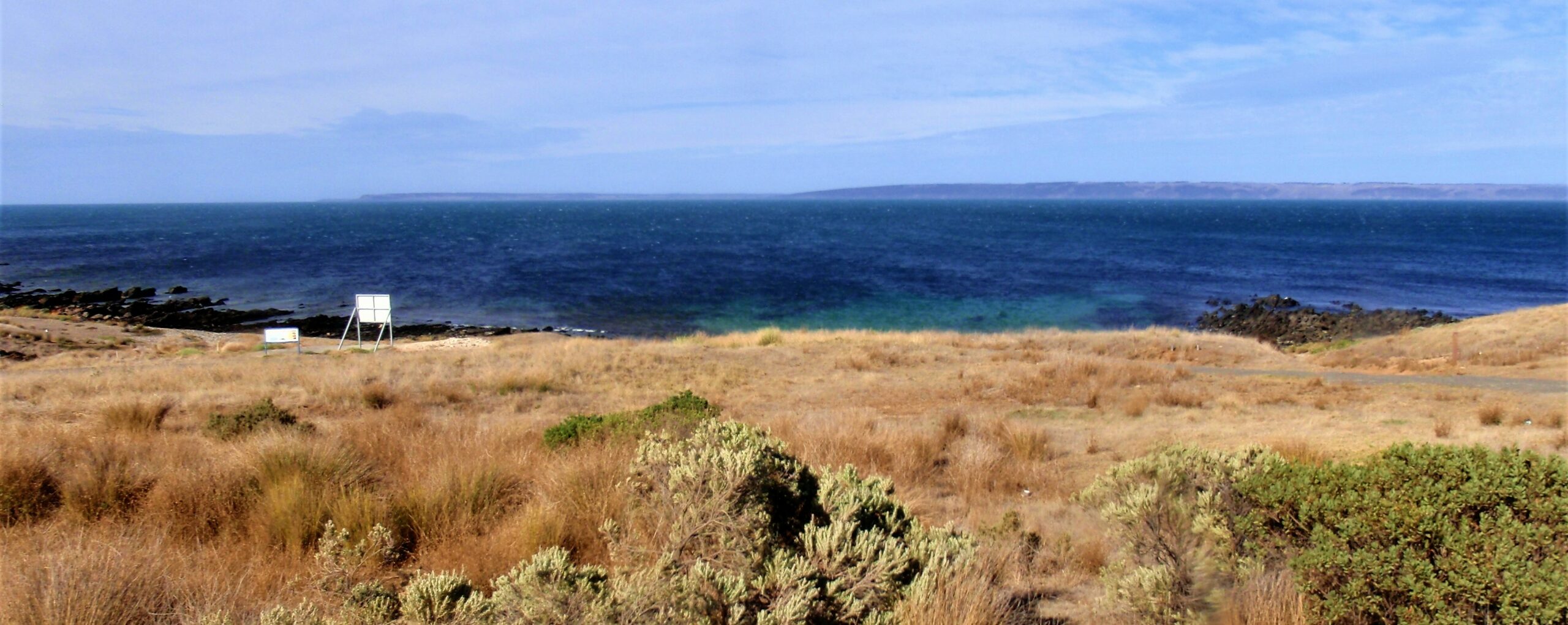I see similarities between the recent and seemingly quite rapidly escalating decline in Port River dolphin numbers and the continuing extinction trend in the bushland birds of Adelaide and the Mount Lofty Ranges.
Ornithologists have been saying for decades that the many smaller, specialised birds (such as robins, flycatchers, tree-creepers and my favourite, the now locally extinct Azure Kingfisher) on the long list of species in decline, or recently declared as locally extinct, were always going to continue to decline, and in many cases become locally extinct, because it takes many decades after habitat loss and fragmentation of small populations in remnant vegetation and conservation parks before a vulnerable species goes from ‘frequently seen by early settlers ‘ to ‘ hardly seen these days‘, to ‘not seen for several decades so probably locally extinct ‘.
Habitat loss (vegetation clearance for agricultural purposes) and habitat degradation (weed incursions, increased predation by foxes cats and rats, nesting hollows occupied by European honey bees, phytophora fungal root disease, and changes in aquifer water supply and quality, to name a few) are the key drivers of this avian decline on our doorstep. But once the habitat has become insufficient, there is a lag of many decades before such birds become extinct.
I’m not saying that mangroves and saltmarshes were decimated by broad-acre clearance (chains, bulldozers, ringbarking, axing, etc..) in the Port Adelaide area to the same extent that occurred on the Adelaide Plains and in the Mount Lofty Ranges (90% of the original vegetation of the Fleurieu Peninsula was cleared for farming, and if you exclude areas under formal protection e.g. Deep Creek CP, the figure is 98% clearance for private and public land!).
But the other key driver, habitat degradation, has certainly been occurring-often insidiously – for many, many decades in the Port River region (e.g. the number of established, recognised feral marine species continues to grow decades after international legislation was enacted to prevent dumping of ballast water from container ships anywhere on the continental shelf waters globally, which till then was undoubtedly the greatest single source of invasive marine species in most countries with open coastlines.
This estuarine habitat degradation – due nutrient excess, point discharge of industrial toxins, anthropogenic changes in water temperature from cooling systems for power generation, dredging and all the other factors Steve has covered in this article – began very early in the post European invasion era.
And now the sins of the fathers are being visited upon the sons.
And one question in my mind and doubtless many people’s is: Will the decline and potential local extinction of this pod have a flow-on effect on the more numerous dolphins of the same species that inhabit greater metropolitan Adelaide’s coastal waters?
The answer would have to be: ”very likely“. Almost irrespective of whether one particular cause of death for most of the Port River dolphins is identified by necropsy and other relevant forensics. Because the greater Adelaide metropolitan coast is also under siege from the same or equivalent factors, and has been long before we’d even heard about global warming and climate change.

